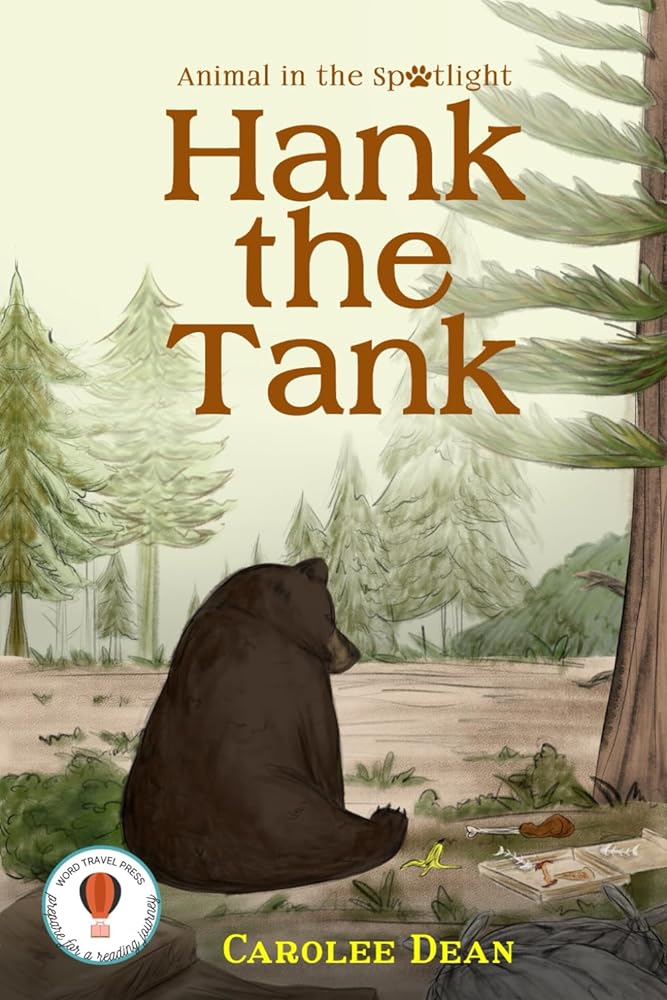Word Travel Press LLC
Hank the Tank: Animal in the Spotlight (HOT ROD Decodable Books) by Carolee Dean
Hank the Tank: Animal in the Spotlight (HOT ROD Decodable Books) by Carolee Dean
Couldn't load pickup availability
In February of 2022, a black bear by the name of Hank the Tank made international news after he reportedly broke into dozens of homes in South Lake Tahoe. Concerned citizens made over 100 calls to the local authorities about a bear scavenging for food and destroying property. Authorities feared they would have to euthanize Hank. Fortunately, Hank’s life was saved by science. Wildlife biologists made a very exciting discovery in the DNA left behind at the break-ins. Read the story to find out what happened. It is written in verse and it is a fictional account, but it was inspired by real events. Then read the background information to learn about the mystery behind the Real Hank, interesting facts about black bears, and tips for coexisting with wildlife.
The story portion of the book was written to align with Level 2 of the HOT ROD Series (Higher Order Thinking Through the Reading of Decodables). It focuses on closed/short vowel sounds, digraphs (ck, ch, sh, th, ng), combinations (wh, qu), and nk and provides phonics practice. The Background Information section was written at approximately a 6th-grade independent reading level (5th-grade instructional level).
This book was specially designed for older students (grades 4 and up) and even adults who would benefit from controlled reading practice. Specific modifications are provided for grades 2-6+. Books in the series may be used to complement any reading program but were specifically designed for teachers who are implementing the Science of Reading in their instruction. There are also tips for parents on how to use a strategy called Pair and Share reading. The adult reads the Background Information, and the student reads the story, which is the portion written as a controlled text. Because of the focus on specific sound patterns, this book also provides an opportunity for children with articulation disorders to work on words in a story context with a speech-language pathologist. The higher-level vocabulary used in the background information section makes this book appropriate for students in general education as well. Lists are provided for target sound words as well as two different levels of vocabulary.
To find supplementary activities focused on phonological awareness, vocabulary, morphology, sentence structure, written language, and more, visit www.wordtravelpress.com. Digital flashcards are available for free on the website.
Share


